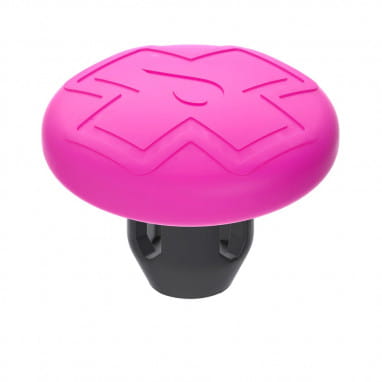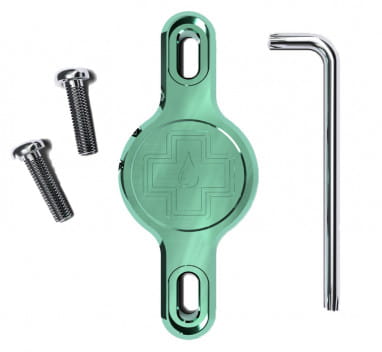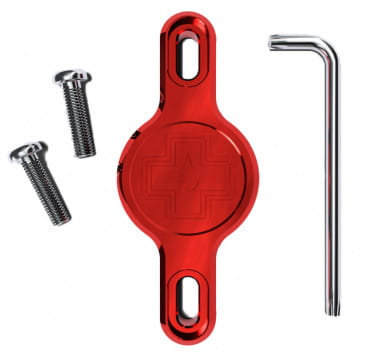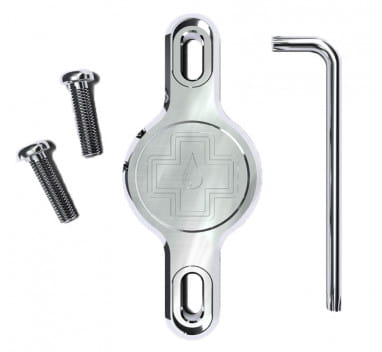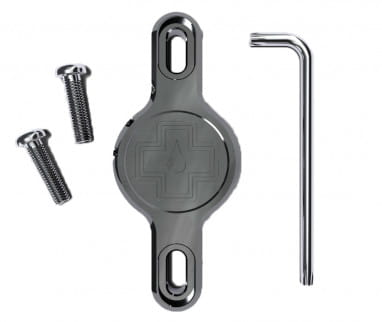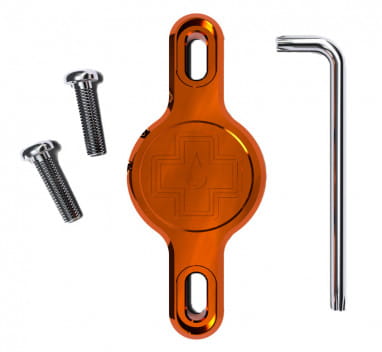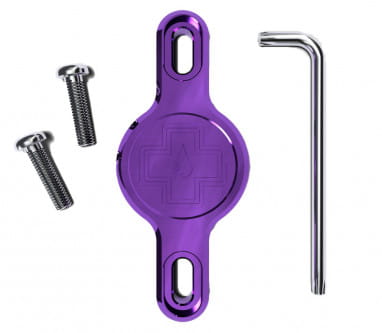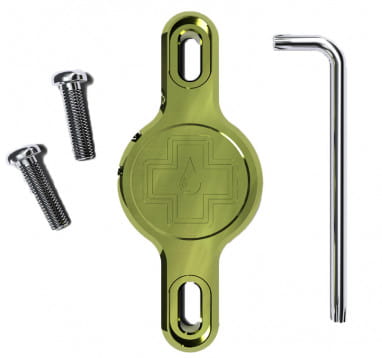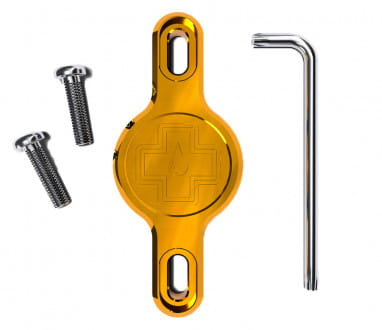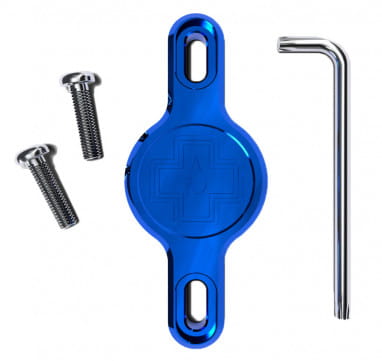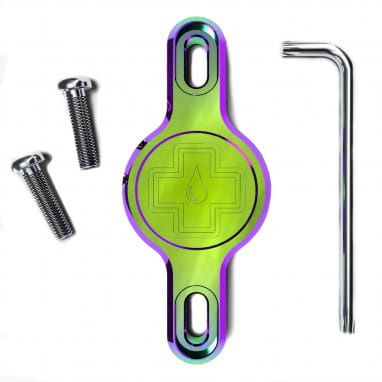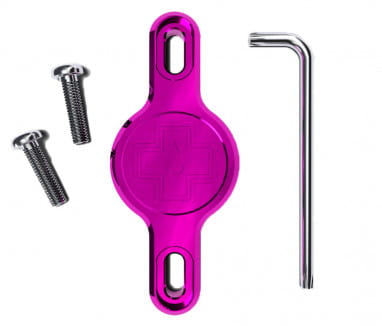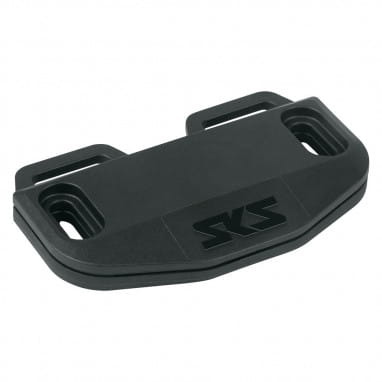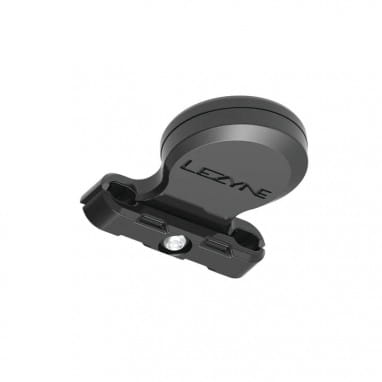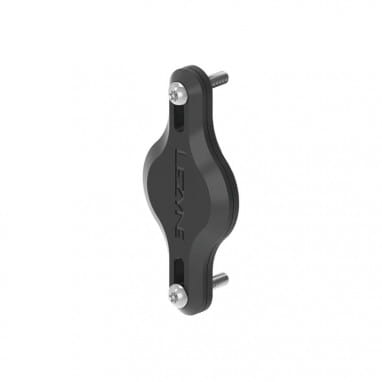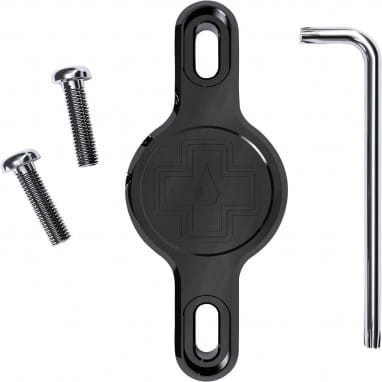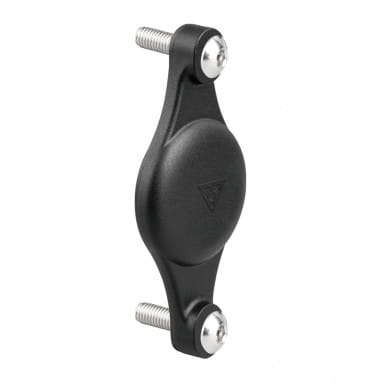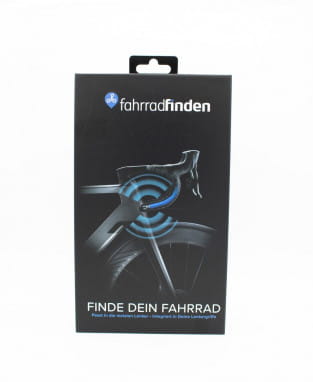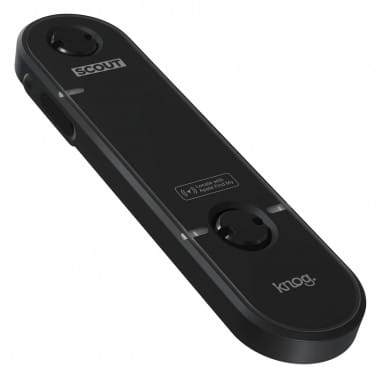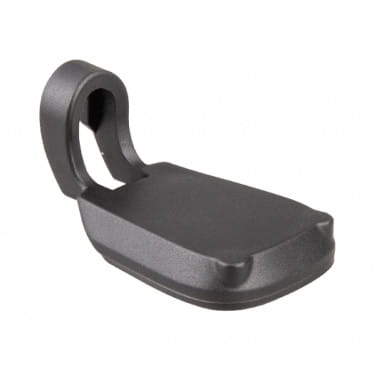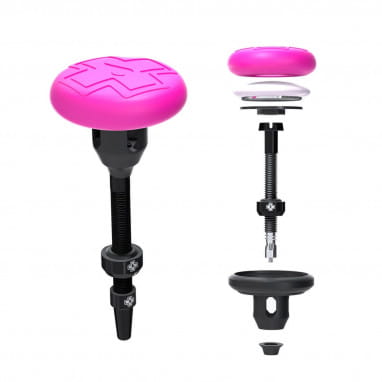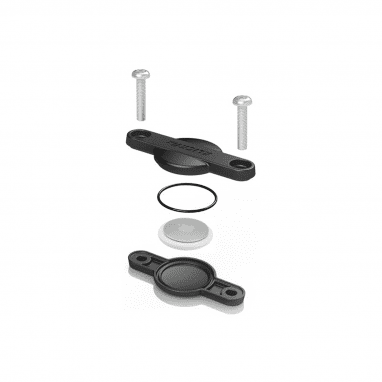A GPS tracker helps you find your bike and get it back if it has been stolen. Especially big cities are dangerous grounds for bikes – and a small GPS chip can make a big difference! Whether you’ll be walking or cycling to work the next day can depend on it! But how can you install a GPS tracker on your bicycle, how does it work and is your bike worth all the effort?
Hundreds of thousands of bikes are stolen every year. Bike locks are constantly improving, but unfortunately no lock is unbreakable. And since bikes quickly disappear in the back of a truck and can be resold for lots of money, stealing them is a quite popular line of trade, especially in big cities. But now there’s an effective solution: Install a GPS tracker that helps you locate your bike. And if you’re lucky, you won’t even have to track it, because a GPS Tracker can scare thieves away even before they get to work.
Which bikes should be secured with tracking devices?
Isn’t a GPS tracker just a useless gimmick for techies? Certainty not! If you treat yourself to a good bike, it is certainly worthwhile to invest in some good security. Electric bikes aren’t exactly bargains, either. You should secure yours with a GPS tracking device. But not only pricey bikes deserve to be secured! If you’ve invested a lot of money, time and effort into fixing up your old bike or depend on it to get to work every day, you should think about buying a GPS device. You can use it to track other stuff too, by the way; expensive child trailers for example.
Should you hide a GPS tracker on your bike?!
Is it smart to hide the GPS tracker on your bike in plain sight? Good question!
There are two possible approaches to this, and prevention is one of them. If you install a GPS tracker visibly on your bike, it’s a clear signal that lets thieves know that it is not easy prey. If you choose this option, however, your tracking device should not be easy to remove! If a potential thieve can spot and get rid of a GPS tracker quickly, he can run off with your bike – and chances are you’ll never see it again.
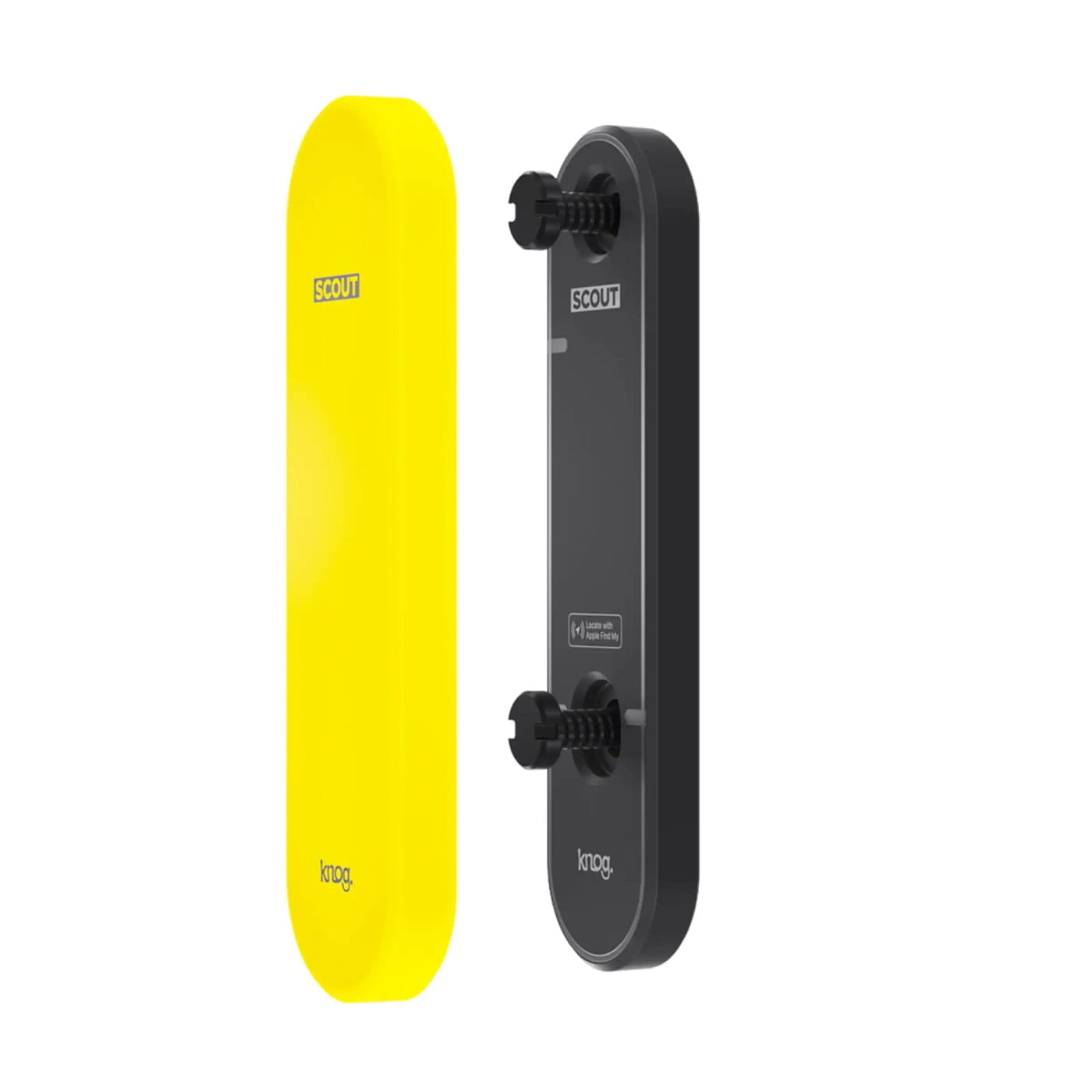
If you stick a GPS tracker in a neon colored cover, it will not be overlooked and can prevent your bike from getting stolen. Picture © Knog
But there’s also a second option. You can hide a GPS tracker inside your bike’s tubes. If you do that, it might be stolen, but you’ll be able to track it down and get it back.
Which version you prefer is up to you. But you should keep in mind that you will have to be ready for an encounter with your local bike thief if you choose version two. If you count on preventing theft instead, you won’t have to face that problem.
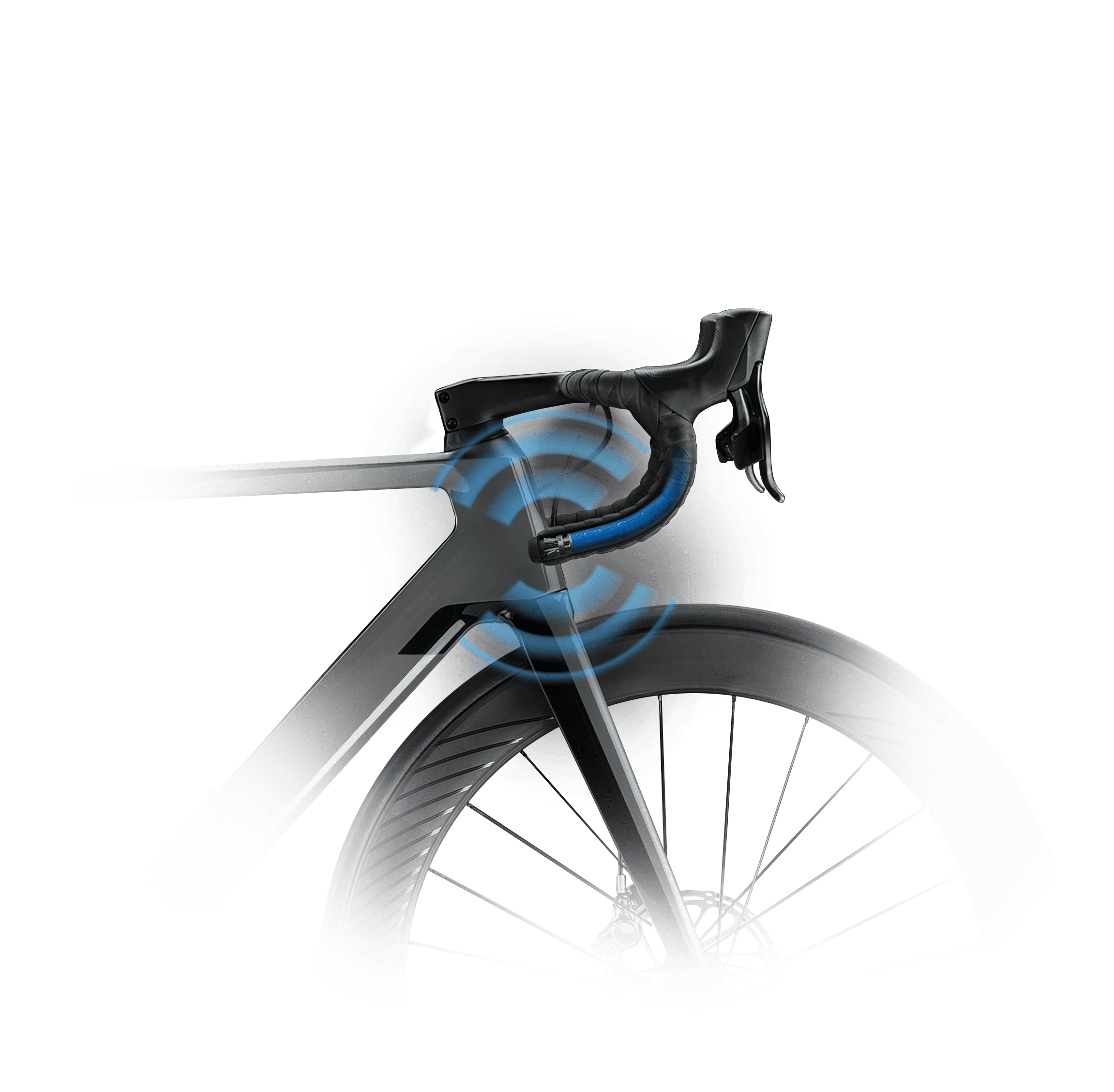
If you hide a GPS tracker inside your bike a thief can’t get rid of it. Picture © Fahrradfinden
Bike GPS + alarm
Why not kill two birds with one stone, while you’re at it? Some GPS trackers are also bike alarms. If someone tries to move your bike, a loud movement alert will sound, attract attention and scare off thieves. If you want to move your own bike, you can simply turn off the alarm.
Mounts for your GPS tracker
You will need a mount to install your GPS tracker firmly on your bike.
You can buy small bike mounts for Apple’s AirTags. They will store an AirTag somewhere on your bike. You can then use it to track down your stolen bike. This only works if you have an iPhone.
A GPS bike tracker uses the information provided by satellites to locate your bicycle. There are several mounts for bike GPS trackers, you can install one under the bottle cage for example. You can also buy bike locks that contain a GPS tracker. Usually you can get this gadget with a frame lock, because it is firmly attached to your bike’s frame. Otherwise a bike thief could get rid of the lock and the GPS tracker at the same time, and head off with your bike undisturbed!
You could actually just stick any GPS tracking device into your bike’s saddle bag, and hope that thieves just aren’t smart enough to search it through and dump the GPS in the nearest bus to send you on a wild goose chase. Using a proper mount to install your GPS permanently is definitely a much better choice!
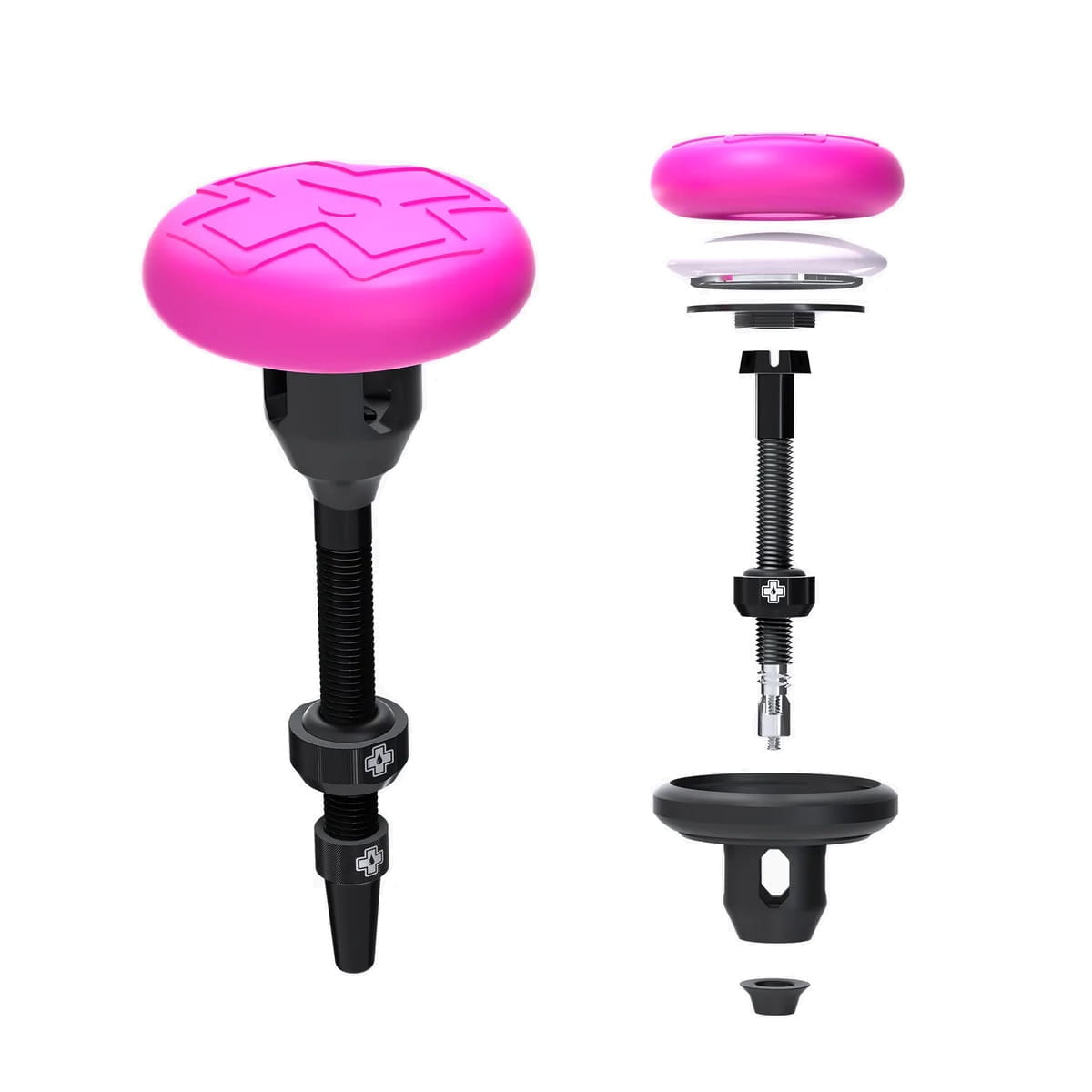
A GPS tracker for bikes doesn't need much space. It even fits on top of a vlave. Picture © Muc-Off
GPS trackers for bikes – some things you should know
- “Real” GPS trackers require a SIM card to be able to send you their location.
- SIM cards usually need a provider and require a subscription that will cost a monthly fee.
- GPS is short for Global Positioning System. It uses satellite data to provide accurate, worldwide positioning.
- A GPS-tracker for bikes requires electric power, that’s why it has a battery and needs to be recharged regularly. It’s also the reason why manufacturers can’t simply weld a GPS chip into the frame and be done with it. It needs to be plugged in every now and then.
- Some electric bikes use their big battery to run a GPS. So you don’t have to charge an extra device.
A GPS-Tracker on your bike makes your rides safer!
It doesn’t matter if you use an AirTag or a GPS tracker, if your bike can be tracked, so can you! If you like to cycling on your own and run into some trouble out there, others will be able to find your bike. If you allow others to monitor the whereabouts of your bike’s GPS tracker, that means they will also be able to find out where you are too and send some help.
Besides a GPS tracker, what else can you do in order to keep your bike safe?
Mounting a GPS tracker is a great method of securing your bike. But the most common and most effective way of protecting your bike from theft is a good bike lock. You should also register your bike and maybe check if you can get insurance for it.
